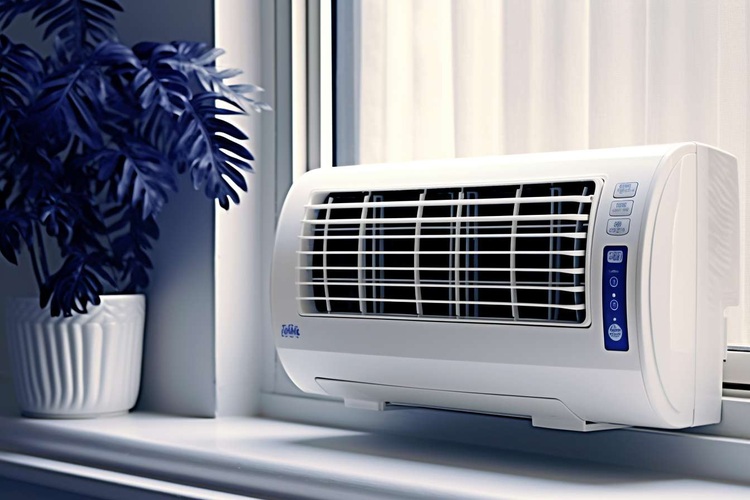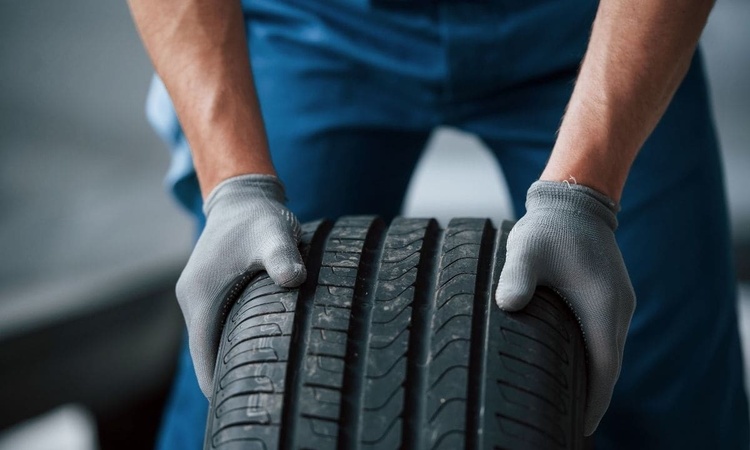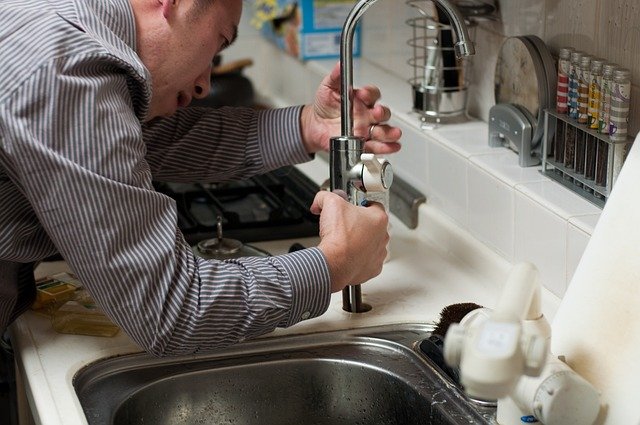Portable Air Conditioner: Practical Home Cooling for Summer
A portable air conditioner can offer flexible cooling where a fixed system is impractical or too costly to install. These units are designed to cool individual rooms, support temporary spaces, or supplement central systems during hot spells. Understanding how they work, how to choose one for your home, and how to maintain it will help you get efficient cooling when you need it most.

What is a portable air conditioner?
A portable air conditioner is a self-contained cooling unit that sits on the floor and vents warm air through an exhaust hose to a window or other outlet. Unlike split or central systems, portable units require no permanent installation and can be moved between rooms. They typically include features such as temperature controls, fan speeds, and sometimes dehumidification modes. Because portable units cool a localized area, they are best suited for single rooms, apartments, rented properties, or homeowners who need a temporary or supplemental cooling solution.
How does portable cooling work?
Portable cooling operates on the same basic refrigeration cycle as other air conditioners: refrigerant absorbs indoor heat and releases it outdoors via the exhaust. The unit draws in room air, passes it over a cold evaporator coil to remove heat (and often moisture), then circulates the cooled air back into the room. A separate warm-air stream, containing the heat removed from the room, is expelled through the hose. Some models use single-hose designs, which can create slight negative pressure and draw warm air from adjacent spaces; dual-hose designs reduce that issue by using one hose to intake outside air and another to expel hot air.
Choosing an air conditioner for your home
Selecting the right portable unit depends on room size, insulation, and typical summer temperatures. Cooling capacity is measured in British Thermal Units (BTU); higher BTU ratings cool larger rooms faster. Consider the unit’s energy efficiency ratio (EER) or seasonal metrics where available, noise levels, and additional functions like timers and dehumidification. If you live in a multi-room home, portable units are most effective when used in the room where occupants spend the most time. For well-insulated rooms or open-plan spaces, you may need a higher-capacity unit or multiple units to achieve comfortable cooling.
Installation and maintenance for portable units
Installation for portable units is usually straightforward but requires a suitable window or outlet for the exhaust hose and access to a power socket. Many models include window kits that adapt to different frame types. For safe and efficient operation, position the unit away from curtains, direct sunlight, or heat sources and ensure adequate airflow around it. Regular maintenance includes cleaning or replacing filters, clearing vents of dust, and draining collected water when necessary. Seasonal checks before summer can prevent performance drops and extend the unit’s lifespan. Always follow manufacturer guidance for cleaning and any filter replacements.
Using a portable unit in summer and energy tips
During summer, set your thermostat to a comfortable but efficient temperature—typically around 20–24°C (68–75°F) for many occupants—to balance comfort and energy use. Use fans to improve air circulation so the portable air conditioner can cool more effectively, and reduce heat gain by closing blinds during the hottest daylight hours. Night-time cooling can be more efficient if you ventilate early morning cooler air and then run the unit as needed. Keep doors closed in the cooled room to avoid wasting cooling on adjacent spaces, and consider using programmable timers so the unit runs only when needed.
Conclusion
Portable air conditioners provide a flexible option for supplemental or temporary cooling in homes, especially during hot summer months or in properties where permanent systems are impractical. Choosing the right capacity, installing the unit correctly, and performing routine maintenance will improve comfort and efficiency. By combining a portable unit with sensible household measures—like shading, ventilation timing, and targeted use—you can maintain a comfortable indoor environment without overcooling the entire home.






